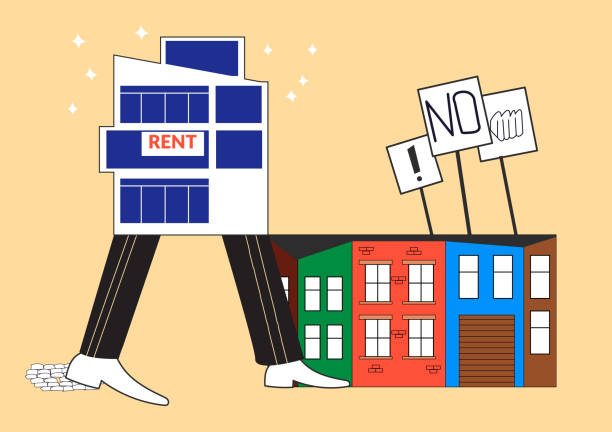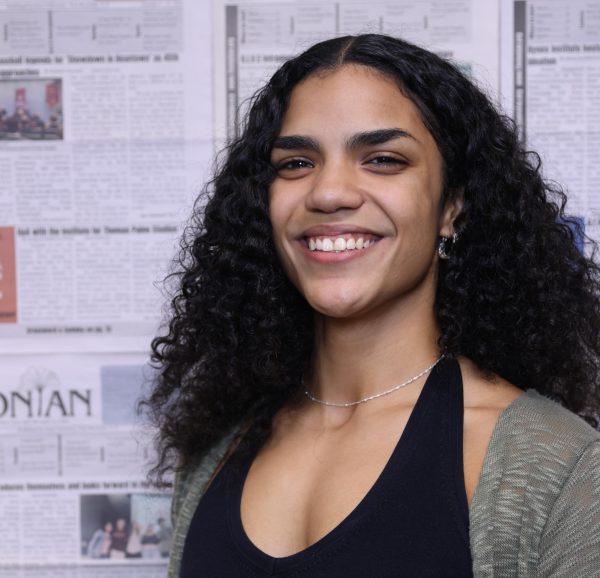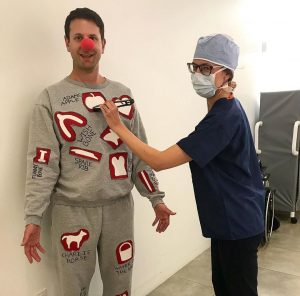Changing colors: The issue of gentrification in university and college towns
Colleges and universities across NY state are contributing to the growing issue of gentrification.
October 20, 2022
There are two families living differently in the same neighborhood—family #1 has been a part of that neighborhood for 15 years, while family #2 just moved in. The parents from family #1 are struggling to make ends meet after the apartment rent increase. The parents from family #2 seem fine with the rent. Family #1 ends up having to leave the neighborhood they have called home for 15 years because they can no longer afford rent.
This is not an issue of laziness—as some would put it—but it is rather an issue of gentrification. The National Geographic Society defines gentrification as “a process where wealthy, college-educated individuals begin to move into poor or working-class communities, often originally occupied by communities of color.”
Just like every issue, there are two sides—the perpetrator and the victim. In the issue of gentrification, universities and colleges across the country are being considered perpetrators. One example of this is Columbia University in Manhattan. Recently there have been petitions made addressing Columbia University’s participation in the gentrification of Harlem.
Historically, Harlem has been a Black or African American neighborhood. According to Encyclopedia Britannica, “by World War I much of Harlem was firmly established as a Black residential and commercial area.”
Columbia University moved to Morningside Heights, Harlem in 1897, and in 1947, Columbia University joined the Morningside Heights Incorporation. The incorporation was a neighborhood coalition that had the goal of removing low-income residents—majority of whom were Black—from the neighborhood. Morningside Heights Inc. Founder David Rockefeller and others referred to low-income residents as “undesirables.”
Columbia University was the driving force of the Morningside Heights Inc. The institution gentrified parts of Harlem by purchasing private housing stocks and reconstructing Morningside Heights. What was once home to many low-income Black and brown families had become a middle-class neighborhood. Ever since, Columbia University has been credited for the gentrification of Harlem. The prestige of Columbia University and reconstruction of Morningside Heights continues to attract middle-class and rich families.
University and college neighborhoods tend to fall into these same gentrification patterns. According to MetroMBA.com, “CityLab study revealed that universities and other academic institutions are key to attracting the creative class, creating more market demand and political pressure for better amenities, schools, and other services.” These factors mean expenses that can be afforded by middle-class and high-class individuals.
With Iona’s recent upgrade from a college to a university, the city of New Rochelle could find themselves in the same dilemma. What is great news for the faculty and students at Iona University could be bad news for those living in downtown New Rochelle, which is home to majority of non-white/low-income families.
New Rochelle is already a diverse neighborhood. According to the United States Census Bureau, an estimation of 45% of New Rochelle population are non-white-alone. The possibility of gentrification in New Rochelle and other neighboring towns has become greater with Iona University’s growth in population and acreage. New Rochelle’s diverse population may be at risk if it isn’t already because of Iona University’s appeal to wealthier families.
The concerns surrounding gentrification in college towns are validated by those who are or will possibly be removed and misplaced from their homes. Towns and cities are changing colors, families are losing their homes, rent is increasing and success for some is becoming impossible. Universities and colleges are being asked to reflect on their contribution to the issue of gentrification. As a student or faculty member at a growing institution, what are you going to do about it?
Sources:
University Neighborhood Gentrification Statistics | MetroMBA
U.S. Census Bureau QuickFacts: New Rochelle city, New York
Gentrification – A Neighborhood in Transition (cuny.edu)
https://education.nationalgeographic.org/resource/gentrification/




